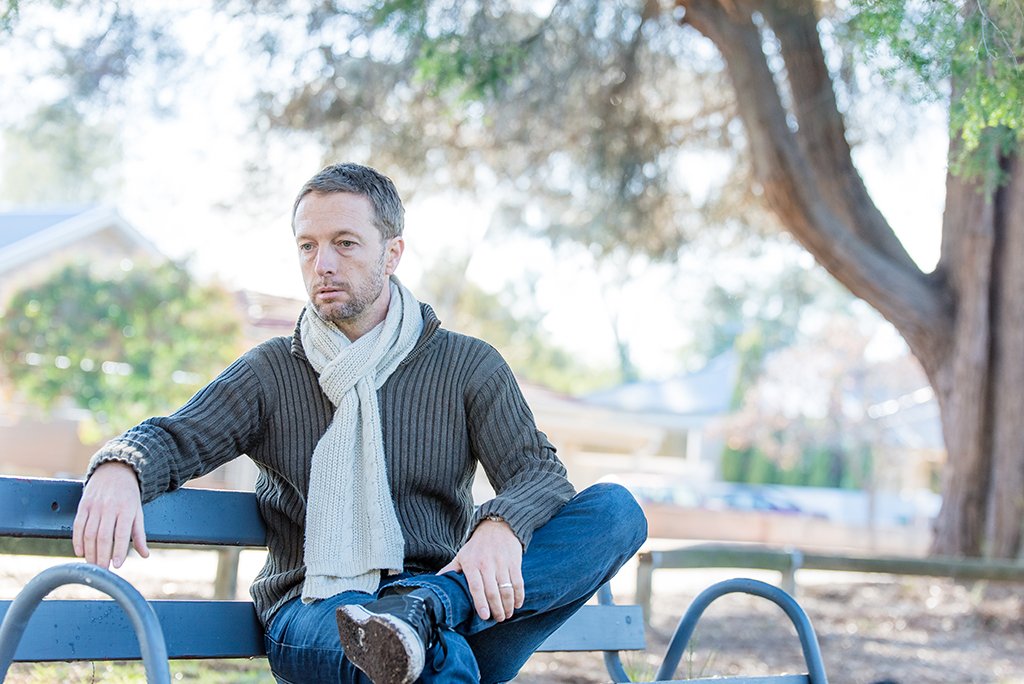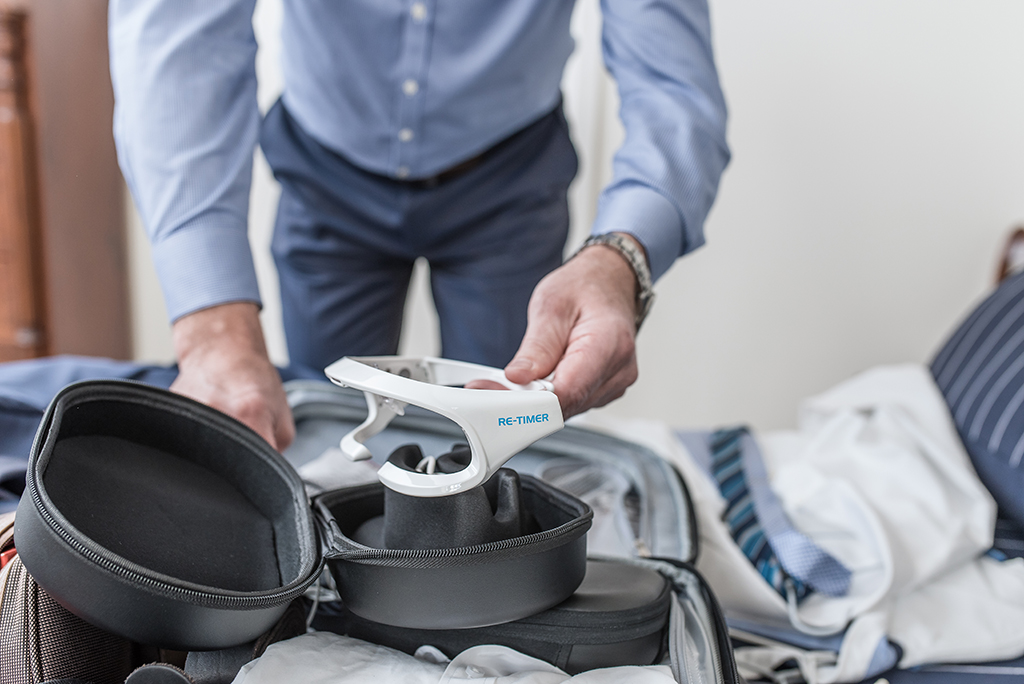What is PTSD?
Post traumatic stress disorder (PTSD) is a mental health condition that develops in people who struggle to recover after experiencing or witnessing a terrifying event. PTSD may last for months or years in a person when faced with triggers that bring back memories of the trauma accompanied by intense emotional and physical reactions.
In this blog we will take you through the symptoms of PTSD and how they manifest in us and how light therapy can help one of the major symptoms of PTSD – sleep disorder.
Symptoms of PTSD:
It is natural to feel afraid after a traumatic situation. Fear is a part of the body’s ‘fight or flight’ response which determines whether we avoid or respond to potential danger. Common symptoms of PTSD may include sleep disturbance, avoidance of situation that are reminder of the trauma, anxiety or depressed mood.
PTSD and sleep have a complex relationship. Infact, one of the earliest signs of PTSD is sleep disturbance, which often manifest as nightmares, insomnia and fragmented rapid eye movement (REM) sleep.
How can light therapy help people experiencing PTSD:
Dr Alyson K. Zalta and colleagues tested whether bright-light exposure early in the day might help in PTSD, as it sometimes can in depression and seasonal mood disorder. Helen Burgess, Ph.D., of the University of Michigan, co-led the study.
Past tests of bright-light therapy indicate that its effectiveness has much to do with the time of day in which it is delivered and the frequency and duration of treatments. There is evidence that people with the most intense PTSD symptoms have what scientists call “an evening chronotype.” This means the body’s natural 24-hour circadian rhythm is shifted later in the day, resulting in sleep disturbances.
Dr Zalta and colleagues used a commercially available, wearable bright-light therapy device called the Re-timer, to see whether one hour of bright-light exposure in the morning might shift patients’ circadian cycle back “toward morningness.”
Re-timer, looks like a pair of oversized goggles with built-in LED lighting elements surrounding the eyes. The team also devised a “placebo” version of the same device. In a group of 15 volunteers who reported PTSD symptoms, nine received the “active” device and six the “placebo” version.
The results after 4 weeks of early-morning treatments led the team to conclude that bright-light treatment “was acceptable and feasible for patients,” and despite the small size of the study, appeared to help those in the “active” group, with improvements over baseline symptoms.
Those in the “active” group did experience a circadian shift with the amount of light they received, as evidenced by earlier morning wake times. And “a higher proportion of those in the active group demonstrated a clinically meaningful improvement in PTSD symptoms,” the team reported April 17th in the journal Depression & Anxiety.
Dr Zalta commented: “If the method we tested here on a small scale proves to be effective, we are hopeful it can make a positive impact, since it is potentially much more accessible to patients than evidence-based psychotherapy and potentially more acceptable. It could present a new option for patients seeking care.”
In conclusion, light therapy offers a promising new approach for managing PTSD, particularly in addressing one of its most challenging symptoms—sleep disturbances. By helping to realign the circadian rhythm, early-morning light exposure may enable PTSD patients to experience more consistent, restful sleep, which can positively impact their overall mental well-being. The initial findings from Dr. Zalta’s study using Re-Timer devices, though preliminary, highlight the feasibility and acceptability of light therapy for PTSD patients. If further research affirms these results, wearable light therapy could emerge as an accessible and non-invasive treatment option, providing relief for many who struggle with the disruptive symptoms of PTSD.
Note: Content originally published as “Early-Morning Bright-Light Therapy Helped Patients with PTSD Symptoms”, by Alyson Kay Zalta, Ph.D., University of California, Irvine, as published in Brain & Behaviour Research Foundation, May 8, 2019.
(Disclaimer: Re-Timer has not been approved to treat PTSD by any regulatory authority and we make no claims to the efficacy for this indication.)






